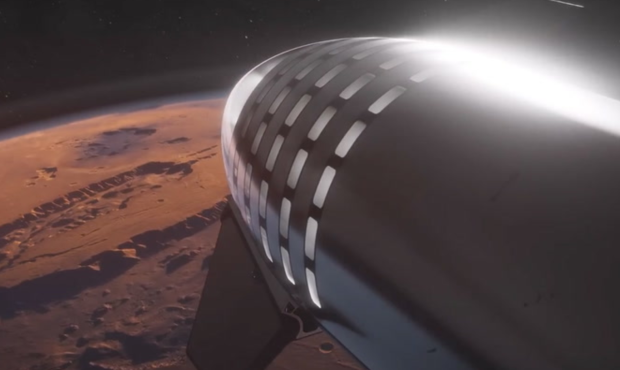A long-standing science fiction concept for space travel is to create artificial gravity aboard the spacecraft to create a more suitable environment for astronauts.
Artificial gravity in sci-fi movies and TV shows has multiple benefits for passengers aboard the spacecraft, such as feeling more at home aboard the spacecraft, leading to psychological improvements. There are also physical improvements, such as being able to move around the spacecraft more effectively. What isn't typically considered with artificial gravity, or the lack of gravity throughout space travel, is the impact zero gravity has on astronauts' bone density levels.
Astronauts returning from tours aboard the International Space Station (ISS) were found to have shocking decreases in bone density that can lead to health problems such as frail bones that can easily shatter, and if humans want to travel to distant locations within the solar system, artificial gravity is going to have to be implemented into the spacecraft so they don't arrive at the location with weak bones, or more importantly, return back to Earth with major health problems.
Enter the sci-fi concept that may actually work. Id Software founder John Carmack took to X to tell Elon Musk's SpaceX to demonstrate spin gravity with a Dragon capsule. The idea has long been discussed among the scientific community and shown in multiple sci-fi TV shows and movies. Spin gravity is the creation of inertial force that mimics the effects of gravity. This is typically achieved by rotation and is a technique commonly used by fighter pilots in training to simulate the effects of gravity on the human body.
Musk responded to Carmack's X post and said that Starship, SpaceX's launch vehicle that's headed for Mars, will have a "small spin on the way to Mars". Adding that "even a tiny gravity vector is better than none".
Unfortunately, this small gravity vector likely won't be enough to prevent decreasing levels of bone density for the explorers headed to Mars, but in theory spinning Starship could actually work. However, for Starship to be able to effectively simulate artificial gravity it will need to be spinning at a rate that's fast enough to generate the appropriate amount of centrifugal force. This engineering problem will take a lot of work to overcome.
Spinning introduces additional problems, such as astronauts experiencing motion sickness and the possibility of spinning, resulting in ship breakage that leads Starship to spin out of control. Despite these challenges, astronauts will need to generate some form of artificial gravity aboard spacecrafts if they want to travel for months without suffering from bone density degradation.



